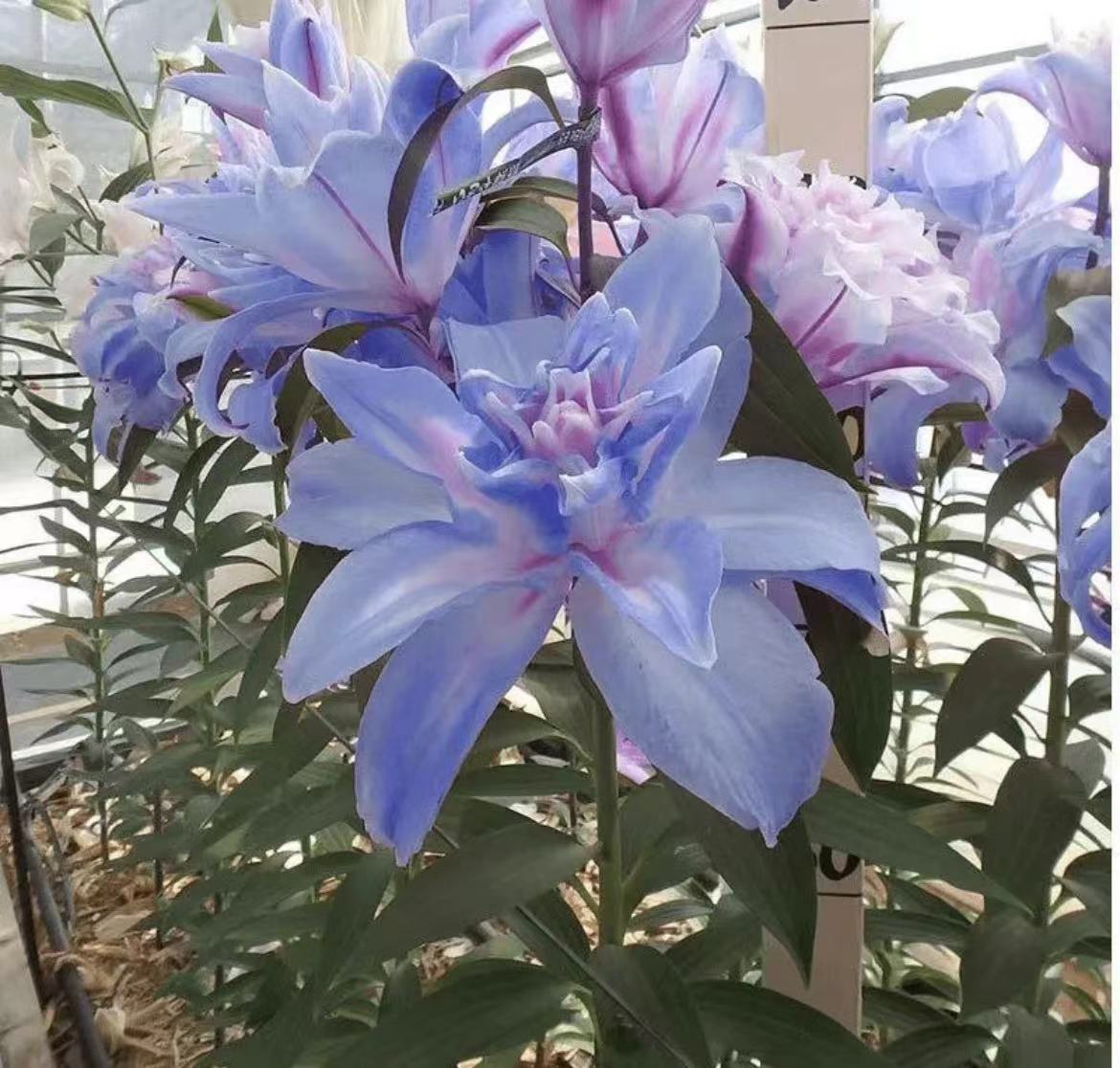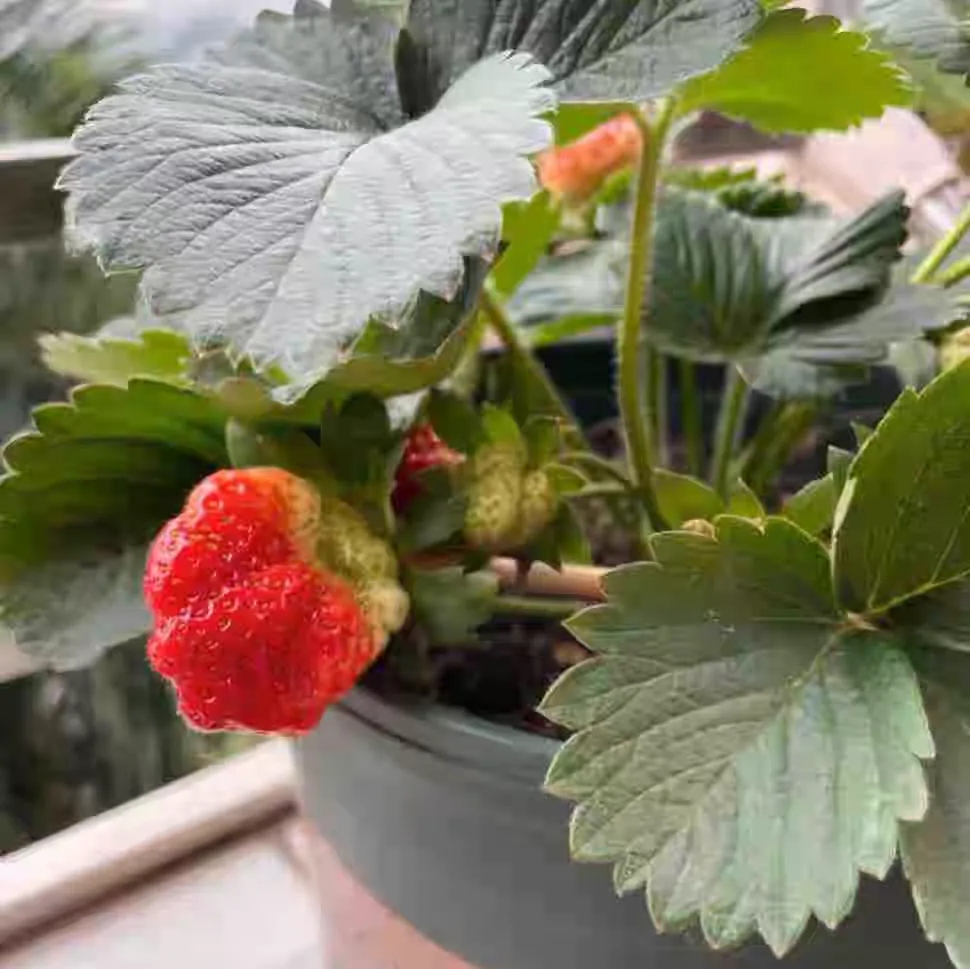The process of growing flowers is not always smooth sailing. There are often various problems. If not treated in time, the carefully cared-for flowers may very well end up with just an empty pot. Now let's understand the eight common problems encountered in growing flowers and the corresponding treatment methods.
Yellow leaves
Yellow leaves are one of the common problems in the process of growing flowers. There are many reasons for yellow leaves, such as excessive or insufficient watering, insufficient light, improper fertilization, unsuitable soil pH, etc. If yellow leaves are caused by excessive watering, stop watering in time and move the flower to a well-ventilated place to allow the moisture in the soil to evaporate as soon as possible. If there is insufficient watering, increase the watering amount appropriately to keep the soil moist. When there is insufficient light, move the flower to a place with sufficient sunlight, but avoid direct strong light. For yellow leaves caused by improper fertilization, reduce the fertilization amount or change the fertilizer according to the specific situation. If the soil pH is not suitable, regulators such as ferrous sulfate can be added to adjust the soil pH.
Root rot
Root rot is a relatively serious problem, usually caused by excessive watering, poor soil permeability, excessive fertilization, etc. When root rot is found in flowers, measures should be taken immediately. First, carefully take the flower out of the pot, gently shake off the soil on the roots, and cut off the rotten root part with scissors. Then, soak the roots in a fungicide solution such as carbendazim for disinfection, and then place it in a ventilated place to dry. Finally, replant it in loose, breathable and well-drained soil.
Pests and diseases
Pests and diseases are a major annoyance in the process of growing flowers. Common pests and diseases include aphids, red spiders, powdery mildew, black spot disease, etc. For pests such as aphids and red spiders, insecticides can be sprayed for prevention and control. At the same time, keep the environment around the flowers clean to avoid the breeding of pests. For diseases such as powdery mildew and black spot disease, fungicides can be used for treatment. In addition, measures such as strengthening ventilation, controlling watering, and avoiding overly dense flowers also help prevent the occurrence of pests and diseases.
Excessive growth
Excessive growth is mainly caused by insufficient light and excessive fertilization. After the flower grows excessively, the stem is slender and the leaves are sparse, affecting the aesthetics. To avoid excessive growth, ensure that the flower has sufficient light. If the indoor light is insufficient, plant supplementary lights can be used for supplementation. At the same time, control the fertilization amount to avoid excessive fertilization. For the already excessively grown parts, appropriate pruning can be carried out to promote the branching and growth of the flower.
No flowering
The failure of flowers to bloom may be caused by many factors, such as insufficient light, inappropriate temperature, improper fertilization, etc. Different flowers have different requirements for light and temperature, and a suitable environment should be provided according to the growth habits of the flowers. If there is insufficient light, move the flower to a place with sufficient sunlight; if the temperature is too high or too low, take corresponding measures to adjust it. In terms of fertilization, appropriately increase the application amount of phosphorus and potassium fertilizers during the flower bud differentiation period to promote the formation of flower buds.
Flower and bud drop
Flower and bud drop will make flower growers feel very sorry. Environmental changes, improper watering, excessive fertilization, insufficient light, etc. may all lead to flower and bud drop. During the maintenance process, try to keep the environment stable and avoid suddenly changing the growth environment of the flowers. Water and fertilize reasonably to avoid excessive watering and fertilization. At the same time, ensure that the flower has sufficient light, but also avoid direct strong light.
Leaf curling
Leaf curling may be caused by pests and diseases, drought, high temperature, etc. If leaf curling is caused by pests and diseases, take prevention and control measures in time and use corresponding insecticides or fungicides for treatment. If it is caused by drought, water in time to keep the soil moist. In high temperature weather, pay attention to shading and cooling the flowers to avoid sunburn on the leaves.
Slow growth
Slow growth of flowers may be caused by poor soil, damaged roots, insufficient light, etc. For the case of poor soil, fertile soil can be replaced or organic fertilizer can be added. If the roots are damaged, deal with it in time, cut off the damaged roots, disinfect and replant. At the same time, ensure that the flower has sufficient light to promote its growth.
Growing flowers is a knowledge that requires us to continuously learn and accumulate experience. When encountering the above problems, take correct treatment methods in time.
What are the most feared problems when growing flowers?

Share with
Tagged in :




Leave a Reply